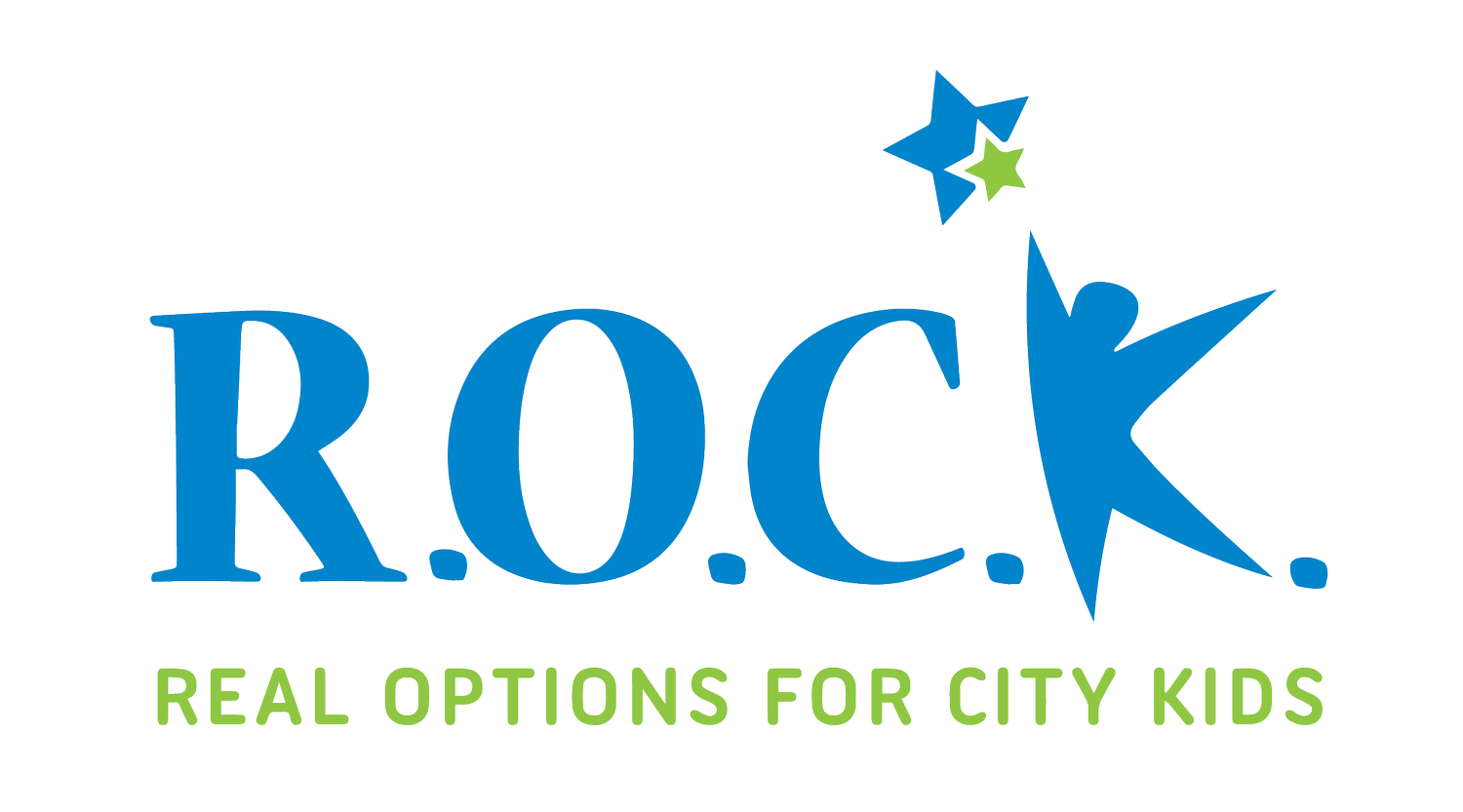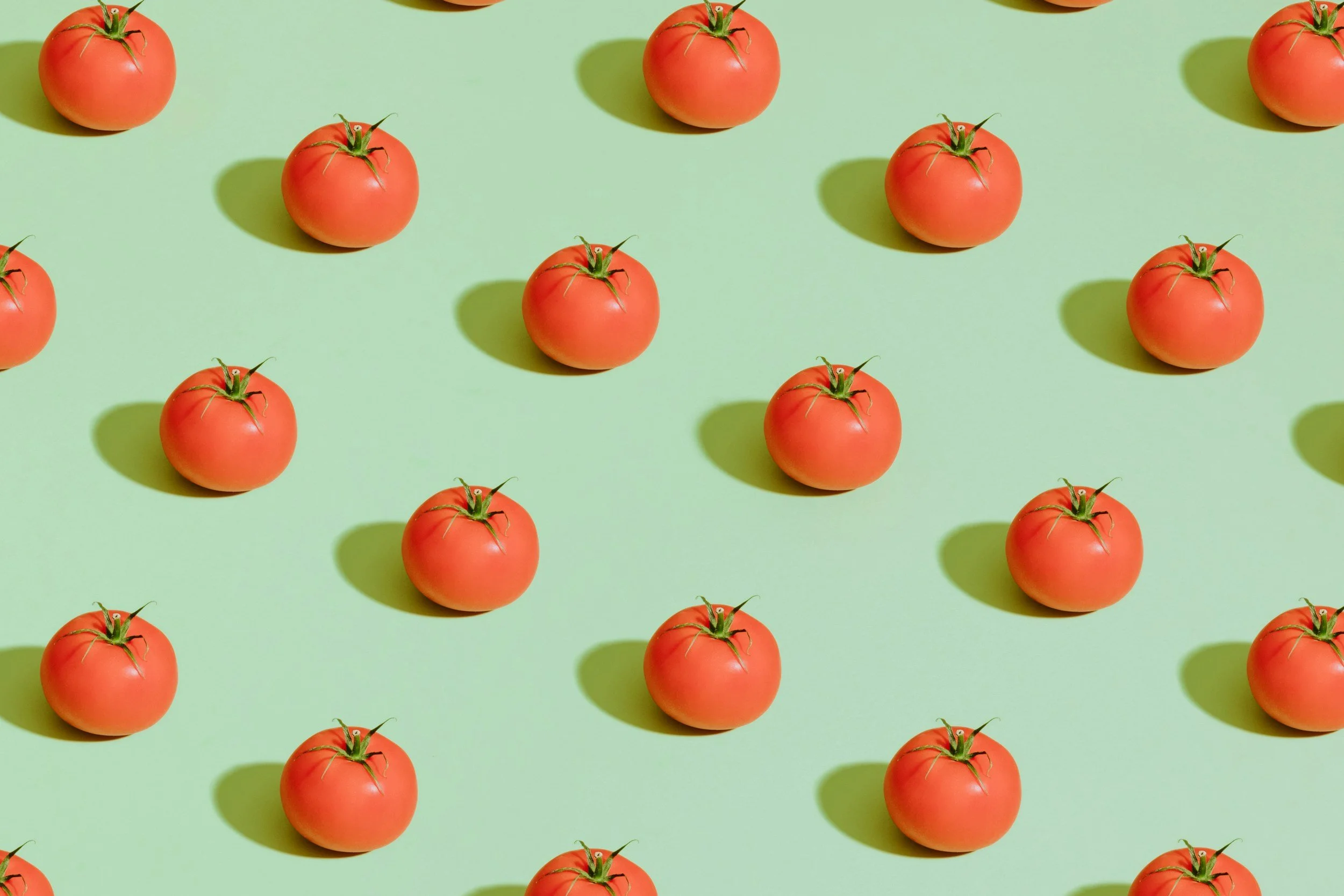
Second - Third Grade
Developmental Characteristics
Physical
Enthusiastic about games
Experiencing improvement in both gross and fine motor skills
Possess a high activity level
Practice to master variations of movement for physical activities
Enjoy games that allow for comparison of skills
Enjoy games that allow for self-f-improvement
Social Emotional
Have a strong drive toward independence
Develop a strong sense of loyalty to friends
Need to belong to a group
Play with and are friends with same-sex peers
Like to take on responsibility
Live in a world of games, rituals and humor inhabited only by children
Like to have a best friend
Have a rigid sense of right and wrong
Need help accepting peers who are different or left out of a group
Cognitive
Like to talk; use language to express feelings/tell stories
Developing a sense of time
Enjoy collecting things
Enjoy problem-solving games like treasure hunts
Can plan and carry out projects with adult support
Becoming more self-directed in activities
Better able to understand and appreciate differences of opinion
What is Happy?
Students reflect on what happiness means to them individually and collectively, then collaborate to create a shared classroom vision of happiness.
The Happy Faces
Students practice empathy by noticing when others need encouragement and offering kindness through symbolic “happy faces.”
Sleeping Dragons
Students practice empathy by guiding a blindfolded peer through a “cave” of obstacles using only one direction each, learning to see from another’s perspective.
Clustergrams
Students build empathy and connection by finding shared experiences and acting them out in groups.
Art and Community Activism
Students explore the concepts of community, activism, and art through discussion and creative collaboration, discovering how art can be a tool for change.
Working Together Part 2
Students learn about teamwork and empathy by listening to Clifford’s Busy Week and participating in discussions and activities that highlight how working together helps solve problems.
Working Together Part 1
Students practice teamwork and build self-confidence by creating individual boxcars that connect to form a collaborative “Teamwork Train” displayed in the classroom.
Tanya Tomato
In this lesson, students practice self-confidence and relationship building by sharing their name and a personal interest using alliteration in a fun, interactive circle activity.
A Tight Squeeze
Students engage in a fun, space-limited team challenge that builds problem-solving skills and cooperative communication.
A Sorting Challenge
Students explore nature and build problem-solving skills by sorting natural objects in multiple ways and using them in a creative art project.
Classical Creativity
Students will explore self-awareness and emotional expression by listening to classical music and drawing what they feel or imagine.
Life Doesn’t Frighten Me At All
Students explore the theme of fear and courage through Maya Angelou’s poem Life Doesn’t Frighten Me, then create art that reflects what they care about and what helps them face their fears.
Kindness Puppets
A creative activity where students make feeling puppets to explore and express emotions, empathy, and solutions to everyday problems.
Look How I Can Move
A joyful, music-based activity where students explore self-expression and cultural awareness by creating body movements in response to different multicultural music styles.
Cat and Mouse
A playful circle game where students practice leadership and observation skills as one player (the Cat) tries to guess who is secretly leading the group’s movements (the Mouse).
Catch Your Name
A fun and active circle game where students build connection and listening skills by learning each other’s names through ball tosses, name calls, and playful movement.





















